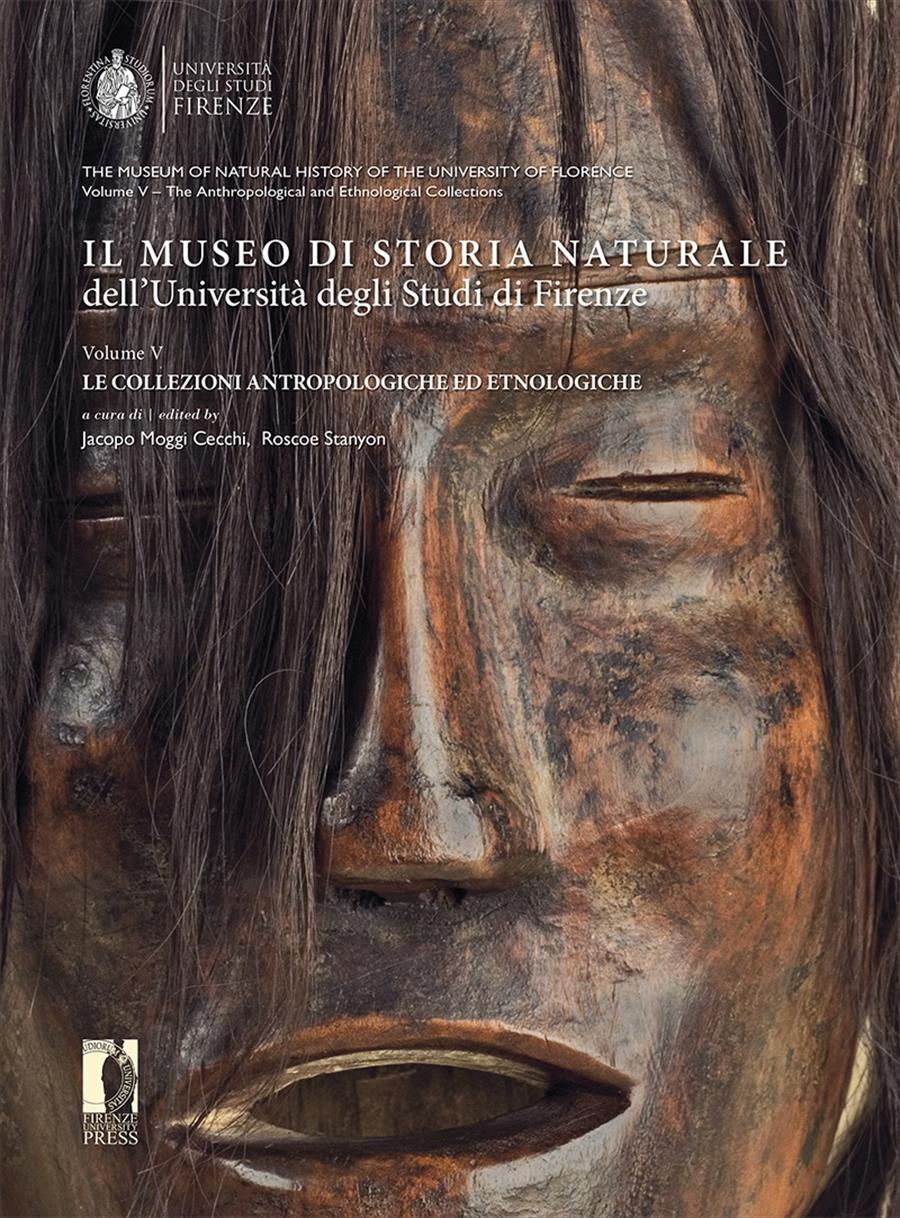Gli erbari aretini da Andrea Cesalpino ai giorni nostri
- Edited by:
- Chiara Nepi,
- Enrico Gusmeroli,
The production of this book has been made possible by the collaboration of a number of scholars and the generosity of the Arezzo Provincial Authority. It provides detailed descriptions of the contents of precious botanical collections amassed by natives of Arezzo, or simply conserved in institutions situated within the territory. The book provides an overview of both herbals of dried plants and painted herbals from the sixteenth century up to the present, starting from the one created in 1563 by the Arezzo doctor Andrea Cesalpino. The first herbal in the world to be organised through systematic criteria, this collection is now in the Botanical Section of the Florence University Museum of Natural History, together with another small eighteenth-century herbal produced by a pharmacist from Cortona, Agostino Coltellini. Conserved in Cortona itself is another eighteenth-century herbal, this one painted by Mattia Moneti, while in Castiglion Fiorentino and Poppi respectively are the intriguing collections of the Hortus siccus pisanus (18th century) and of the Biblioteca Rilliana (late 17th century). Also described in the book is a herbal from the Convent of La Verna (18th century) and the Egyptian herbal of Jacob Corinaldi (19th century), conserved in Montevarchi. Finally there are also the modern herbals, illustrating the continuity over time of a practice that is the foundation of all systematic study. The book is in fact rounded off by an anastatic reprint of the description of the Cesalpino herbal published in 1858, which is still a seminal work for studies such as those contained in this collection.
- Keywords:
- Biologia,
- Botanica,
- Arezzo,
- Museo di storia naturale,
- Firenze,
- DOI: 10.36253/978-88-8453-803-1
- Series: Cataloghi e collezioni
- Scientific Board: Consiglio Editoriale FUP 2007-2010
- Language: Italian
- Subjects: Agriculture
University of Florence, Italy
Provincia di Arezzo, Italy
Chiara Nepi, a graduate in Agricultural Science, took a research doctorate in Biosystematics and Plant Ecology in 1989. Since 1988 she has been a conservator in the Botanical Section of the Museum of Natural History of Florence University, of which she was in charge from 2004 to 2007. She deals in particular with the study, conservation and valorisation of the historic collections (herbals, botanical models, paintings etc.) housed in the museum, on which she has published several articles and curated numerous exhibitions.
Enrico Gusmeroli, a graduate in Natural Science, has been engaged with the analysis and management of natural resources and is currently manager of the Operational Unit of the Arezzo Provincial Authority Nature Conservation Service dealing with Ecological Networks. He has written a number of scientific and informative publications on the natural component of the Arezzo territory. In 2005 he was among the curators of the exhibition Da Andrea Cesalpino ai nostri giorni. Erbari aretini in mostra set up in the Museum of Mediaeval and Modern Art of Arezzo.
- Publication Year: 2008
- Pages: 208
- eISBN: 978-88-8453-803-1
- Content License: CC BY 4.0
- © 2008 Author(s)
- Publication Year: 2008
- Pages: 208
- ISBN: 978-88-8453-765-2
- Content License: CC BY 4.0
- © 2008 Author(s)
Bibliographic Information
Book Title
Gli erbari aretini da Andrea Cesalpino ai giorni nostri
Editors
Chiara Nepi, Enrico Gusmeroli
Peer Reviewed
Number of Pages
208
Publication Year
2008
Copyright Information
© 2008 Author(s)
Content License
Metadata License
Publisher Name
Firenze University Press
DOI
10.36253/978-88-8453-803-1
ISBN Print
978-88-8453-765-2
eISBN (pdf)
978-88-8453-803-1
eISBN (xml)
978-88-5518-859-3
Series Title
Cataloghi e collezioni
Series ISSN
2704-5854
Series E-ISSN
2704-6044






